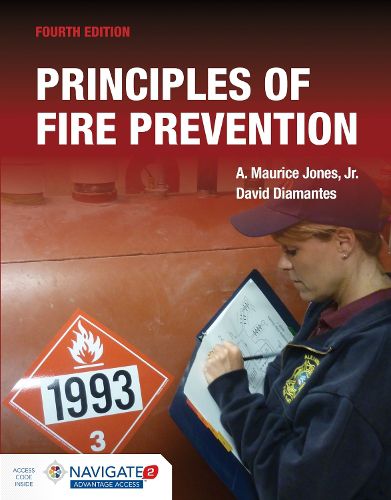Readings Newsletter
Become a Readings Member to make your shopping experience even easier.
Sign in or sign up for free!
You’re not far away from qualifying for FREE standard shipping within Australia
You’ve qualified for FREE standard shipping within Australia
The cart is loading…






Principles of Fire Prevention, Fourth Edition meets and exceeds the FESHE Associate Core level course called Fire Prevention (C0286). It will provide readers with a thorough understanding of how fire prevention and protection programs can greatly reduce fire loss, deaths, and injuries. The Fourth Edition features current statistics, codes, standards and references from the United States Fire Administration, National Interagency Fire Center, National Fire Protection Association, Underwriters Laboratories, FM Global, Insurance Service Office, and the International Code Council. Additionally, Principles of Fire Prevention, Fourth Edition covers the elements of public education, plan review, inspection, fire investigation, community risk reduction as well as the logistics of staffing and financial management so that readers are fully prepared to lead successful fire prevention programs
$9.00 standard shipping within Australia
FREE standard shipping within Australia for orders over $100.00
Express & International shipping calculated at checkout
Principles of Fire Prevention, Fourth Edition meets and exceeds the FESHE Associate Core level course called Fire Prevention (C0286). It will provide readers with a thorough understanding of how fire prevention and protection programs can greatly reduce fire loss, deaths, and injuries. The Fourth Edition features current statistics, codes, standards and references from the United States Fire Administration, National Interagency Fire Center, National Fire Protection Association, Underwriters Laboratories, FM Global, Insurance Service Office, and the International Code Council. Additionally, Principles of Fire Prevention, Fourth Edition covers the elements of public education, plan review, inspection, fire investigation, community risk reduction as well as the logistics of staffing and financial management so that readers are fully prepared to lead successful fire prevention programs